
Mary Tudor was an English princess who was briefly Queen of France as the third wife of King Louis XII. Louis was more than 30 years her senior. Mary was the fifth child of Henry VII of England and Elizabeth of York, and the youngest to survive infancy.

Charles Brandon, 1st Duke of Suffolk was an English military leader and courtier. Through his third wife, Mary Tudor, he was brother-in-law to King Henry VIII.
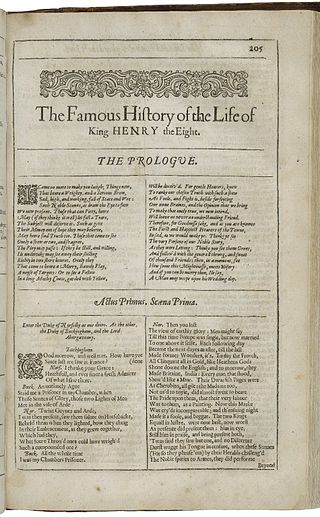
Henry VIII is a collaborative history play, written by William Shakespeare and John Fletcher, based on the life of Henry VIII. An alternative title, All Is True, is recorded in contemporary documents, with the title Henry VIII not appearing until the play's publication in the First Folio of 1623. Stylistic evidence indicates that individual scenes were written by either Shakespeare or his collaborator and successor, John Fletcher. It is also somewhat characteristic of the late romances in its structure. It is noted for having more stage directions than any of Shakespeare's other plays.

The Story of Robin Hood and his Merrie Men is a 1952 action-adventure film produced by RKO-Walt Disney British Productions, based on the Robin Hood legend, made in Technicolor and filmed in Buckinghamshire, England. It was written by Lawrence Edward Watkin and directed by Ken Annakin. It is the second of Disney's complete live-action films, after Treasure Island (1950), and the first of four films Annakin directed for Disney.
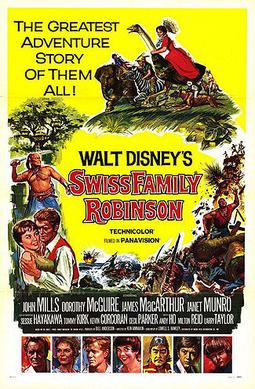
Swiss Family Robinson is a 1960 American adventure film starring John Mills, Dorothy McGuire, James MacArthur, Janet Munro, Tommy Kirk, and Kevin Corcoran in a tale of a shipwrecked family building an island home. It was the second feature film based on the 1812 novel The Swiss Family Robinson by Johann David Wyss, a previous adaptation having been released by RKO Pictures in 1940. Directed by Ken Annakin and shot in Tobago and Pinewood Studios outside London, it was the first widescreen Walt Disney Pictures film shot with Panavision lenses; when shooting in widescreen, Disney had almost always used a matted wide screen or filmed in CinemaScope.

Robert Edward Stevenson was a British-American screenwriter and film director.
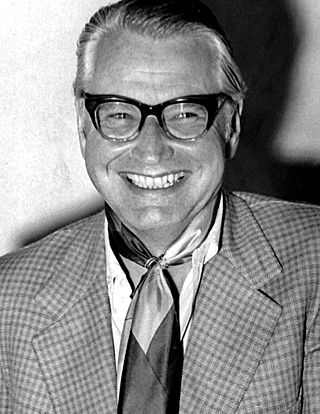
Kenneth Cooper Annakin, OBE was an English film director.

The Three Musketeers is a 1993 action-adventure comedy film from Walt Disney Pictures, Caravan Pictures, and The Kerner Entertainment Company, directed by Stephen Herek from a screenplay by David Loughery. It stars Charlie Sheen, Kiefer Sutherland, Chris O'Donnell, Oliver Platt, Tim Curry and Rebecca De Mornay.

When Knighthood Was in Flower is the debut novel of American author Charles Major written under the pseudonym, Edwin Caskoden. It was first published by The Bobbs-Merrill Company in 1898 and proved an enormous success.
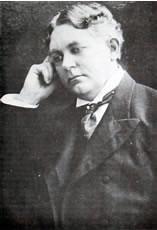
Charles Major was an American lawyer and novelist.
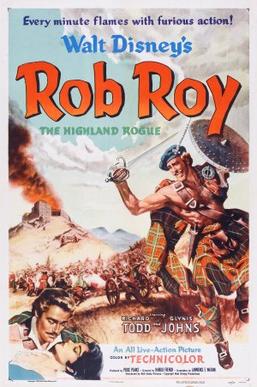
Rob Roy: The Highland Rogue is a 1953 adventure film produced by RKO-Walt Disney British Productions which is about Rob Roy MacGregor. It was the last Disney film released through RKO Radio Pictures.

Treasure Island is a 1950 adventure film produced by RKO-Walt Disney British Productions, adapted from Robert Louis Stevenson's 1883 novel of the same name. Directed by Byron Haskin, it stars Bobby Driscoll as Jim Hawkins and Robert Newton as Long John Silver. Treasure Island was Disney's first completely live-action film and the first screen version of Treasure Island made in color. It was filmed in the United Kingdom on location and at Denham Film Studios, Buckinghamshire.
William Samuel Cook "Peter" Ellenshaw was an English matte designer and special effects creator who worked on many Disney features. Born in London, he moved to America in 1953.
British history provides several opportunities for alternative claimants to the English and later British Crown to arise, and historical scholars have on occasion traced to present times the heirs of those alternative claims.
Lawrence Edward Watkin was an American writer and film producer. He was known primarily as a scriptwriter for a series of 1950s Walt Disney films.

Thomas Grey, 2nd Marquess of Dorset was an English peer, courtier, soldier and landowner of the House of Grey.

Third Man on the Mountain is a 1959 American family adventure film by Walt Disney Productions, directed by Ken Annakin and starring Michael Rennie, James MacArthur and Janet Munro. Set during the golden age of alpinism, its plot concerns a young Swiss man who conquers the mountain that killed his father. It is based on Banner in the Sky, a James Ramsey Ullman 1955 novel about the first ascent of the Citadel, and was televised under this name.
Sir William Sidney was an English courtier under Henry VIII and Edward VI.
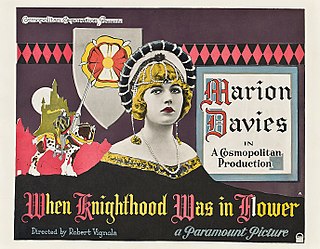
When Knighthood Was in Flower is a 1922 American silent historical film directed by Robert G. Vignola, based on the novel by Charles Major and play by Paul Kester. The film was produced by William Randolph Hearst for Marion Davies and distributed by Paramount Pictures. This was William Powell's second film. The story was re-filmed by Walt Disney in 1953 as The Sword and the Rose, directed by Ken Annakin.
Henry VIII is a 1911 British silent historical film directed by Will Barker and starring Arthur Bourchier, Herbert Tree and Violet Vanbrugh. It is based on William Shakespeare and John Fletcher's play Henry VIII. Tree was paid £1,000 for his role as Cardinal Wolsey which was revealed as part of the film's publicity. The writer Louis N. Parker was employed as an advisor regarding historical accuracy.















